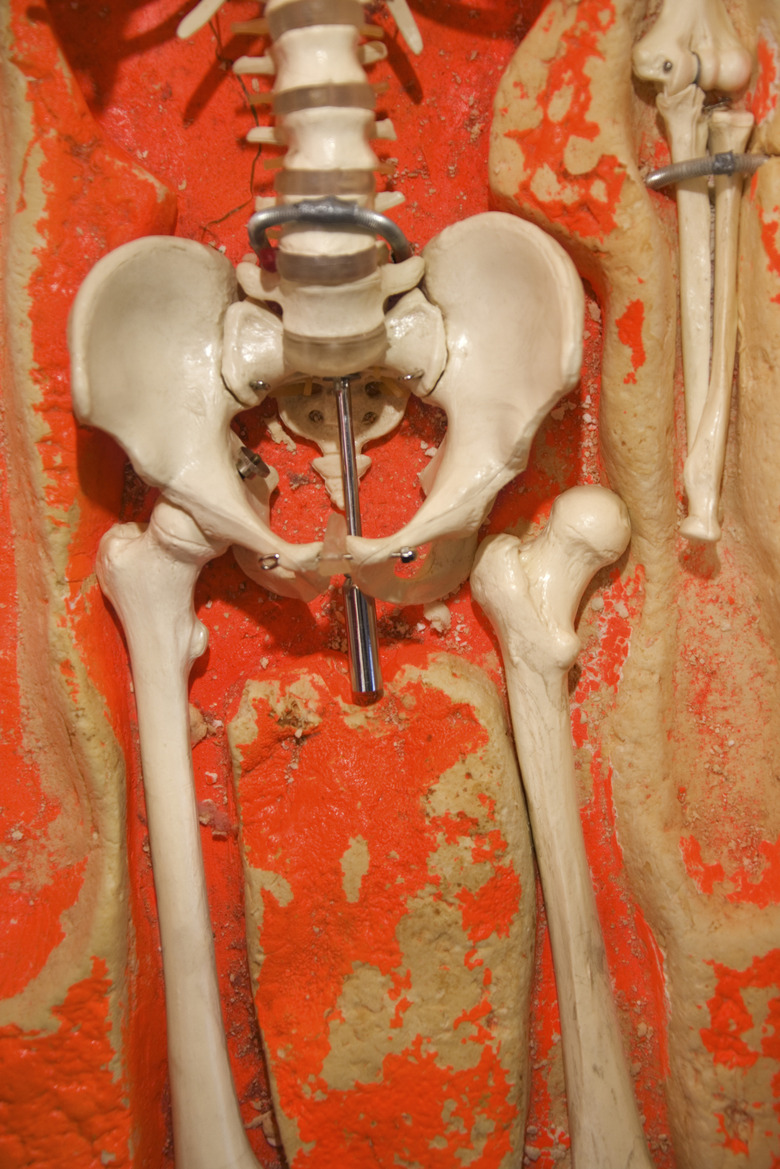The Effects On Cells Because Of Changes In pH Of Body Fluids
A change in pH of body fluids can have a profound effect on cells. The optimal pH of different body fluids or compartments varies. Arterial blood has a pH of 7.4, intracellular fluid a pH of 7.0 and venous blood and interstitial fluid have a pH of 7.35. The pH scale measures hydrogen ion concentrations and because measurement is on a log scale, a difference of 1.0 means a 10-fold difference in hydrogen ion concentration. When the pH in body fluids drops too low, the body begins to suffer from acidosis and when it rises too high, the condition is called alkalosis. Acidosis or alkalosis can be caused by disease or diet.
Brain Cells
Brain Cells
A slight change in pH in the spinal fluid and cerebral fluid during acidosis causes a reduction in affinity of hemoglobin for oxygen, reducing the critical oxygen supply to brain cells. Acute acidosis leads to lethargy and mental confusion. During alkalosis, or a rise in pH, blood vessels constrict and thereby reduce the supply of blood and oxygen to brain cells. Alkalosis can result in confusion, seizures and loss of consciousness.
Immune Cells
Immune Cells
When the pH of blood declines below 7.35 during acidosis, immune cells, such as macrophages, release inflammatory cytokines, which cause inflammation. Acidosis also impairs the response of lymphocytes to fight pathogens, resulting in a poor immune response.
Bone Cells
Bone Cells
Acidosis has an adverse effect on bone, causing an increase in loss of calcium. When blood pH drops below pH 7.35, osteoclast cells become activated and resorb, or destroy, bone. In bone cell experiments, a drop of pH of less than 0.1 doubled the amount of bone resorbed by osteoclasts. During normal bone remodeling, osteoclasts resorb bone and osteoblast build bone. A low pH, or acidosis, inhibits the bone-building activity of osteoblasts, contributing to the overall bone loss. At a high pH of 7.4 or above, osteoclast activity is suppressed.
Muscle Cells
Muscle Cells
Blood acidosis can lead to muscle loss or degradation. Skeletal and cardiac muscle cells are affected. A low pH depresses cardiac muscle cell contractions. Smooth muscle cells are also impacted by acidosis. For example, vascular smooth muscle cells contract with increases in extracellular pH and relax with decreases in pH. A rise in extracellular pH increases the influx of calcium into vascular smooth muscle cells, while a decrease in pH inhibits calcium entry into cells.
Cite This Article
MLA
Blue, Marie-Luise. "The Effects On Cells Because Of Changes In pH Of Body Fluids" sciencing.com, https://www.sciencing.com/the-effects-on-cells-because-of-changes-in-ph-of-body-fluids-12731964/. 1 March 2014.
APA
Blue, Marie-Luise. (2014, March 1). The Effects On Cells Because Of Changes In pH Of Body Fluids. sciencing.com. Retrieved from https://www.sciencing.com/the-effects-on-cells-because-of-changes-in-ph-of-body-fluids-12731964/
Chicago
Blue, Marie-Luise. The Effects On Cells Because Of Changes In pH Of Body Fluids last modified March 24, 2022. https://www.sciencing.com/the-effects-on-cells-because-of-changes-in-ph-of-body-fluids-12731964/
